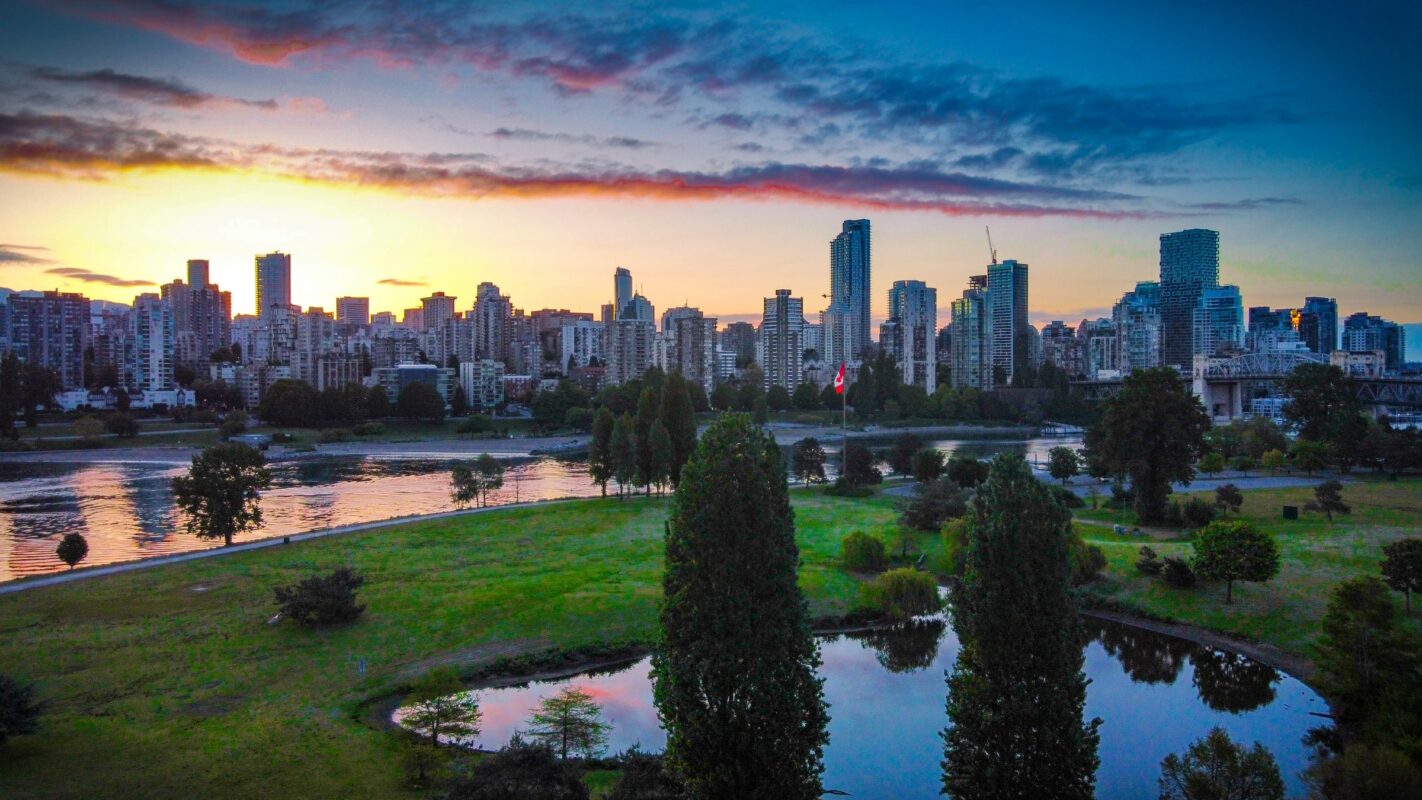Covid-19 has caused worldwide grief and hardship, and altered how we live, work and interact. But there have been a few positive developments. For instance, having fewer commutes during lockdown has helped reduce outdoor air pollution, and people have spent more time than before in parks and nature preserves, increasing their physical activity, mental health and overall well-being.
As we prepare to shed stay-at-home orders, social distancing recommendations and other aspects of our pandemic life, we should not revert to our old ways of living. We need to hold on to the new habits that have positively transformed our lived environment.
For that to happen, cities must embrace and facilitate more sustainable ways of life. For starters, urban planners and developers should improve access to public transportation and parks, so people can swap their cars for greener forms of transport and spend more time in greener spaces. With better transport planning and a robust emphasis on renewable energy, we could significantly improve air quality and create healthier cities — and citizens.
Outbreaks have a history of altering our lived environment, so we should expect some permanent changes in a post-Covid world. Indeed, many of the parks we now take for granted in Europe and the US were created in the aftermaths of previous epidemics. Cholera outbreaks inspired New York City to begin planning Central Park, and Paris to tear down more than 10,000 buildings to make way for parks and tree-lined boulevards.
Covid has once again reminded us of the benefits of nature in our daily lives. I live in Sweden, where visual data from Google have shown that in the first months of the pandemic, Stockholm residents spent 24 percent more time in parks and other green areas. It’s not just Sweden: A survey of people living in Vermont found that nearly 70 percent reported they were spending more time in nature during Covid’s early days, and mobile tracking data from Norway suggest that people went outside nearly three times as often during Covid lockdowns as during similar periods in previous years.
Nature not only provided space for physical activity, it also helped improve overall well-being, counteracting some of the negative psychological impacts of Covid and its restrictions. One study showed that gardening, going for walks and simply being outdoors had a positive effect on mental health during the pandemic. Other research found lower levels of depression and anxiety during the lockdown among those who could access parks, owned a garden or simply had views overlooking greenery, compared with those who could not access nature.
These benefits are not equitably distributed, however. Covid has exposed — and perhaps even increased — society’s unequal access to healing green spaces, an example of environmental injustice. Apartment dwellers, particularly those in urban areas, had much less time in nature than people in houses with backyards or gardens, and some parks in urban areas were closed during the pandemic to avoid overcrowding. To ensure that even people without private gardens have access to green space, we need to increase the amount and equal distribution of nature within our cities. To do this, urban planners could, for example, swap some parking areas for green space.
Urban planners must also find ways to maintain the lower levels of traffic that were present during lockdown to further reduce air pollution from fossil fuels. Recent estimates suggest that air pollution contributes to 8.7 million premature deaths annually, or one in five deaths worldwide, making it more deadly than cigarette smoking. The pandemic restrictions created a compelling natural experiment; although Covid and its restrictions did little to change some workers’ transportation habits, many others stopped commuting altogether. One analysis found that levels of the soot component black carbon fell by 40 percent in Germany, 34 percent in Spain, and 22 percent in France during Covid lockdowns, compared with the same period in previous years.
We cannot just hope positive changes will happen — societies have to make it easier to reduce the number of polluting vehicles. Some cities have taken this opportunity to encourage a transition from cars to bicycles, especially at times when public transport no longer felt like a safe option due to the risk of Covid transmission. In May 2020, after more people engaged in walking and cycling during the pandemic, London decided to keep the trend going, allocating 250 million pounds sterling toward ways to facilitate these types of active transport. Urban planners in Australia and France are working to create cities where most necessities are reachable within 15 to 20 minutes of active transport. Separate lanes for buses and bikes can make those better and faster options, and thus reduce car traffic.
Urban planners with the right priorities — namely, reducing traffic and increasing green spaces — can improve our lived environments, and thus how we think, feel and behave. In the coming post-pandemic era, let’s build cities for people, not cars.
